Advertisement
It’s not just about bigger models anymore—it’s about smarter ones. Google’s release of its new Gemini model signals a shift in how artificial intelligence approaches difficult, multi-layered problems. Rather than just focusing on scale or raw processing power, Gemini was built to think through things. That means handling tasks with multiple variables, switching between data types on the fly, and responding to nuanced user prompts with something more than a generic answer. It’s part of Google DeepMind’s broader strategy to move AI from a predictive tool to a real reasoning agent.
This version of Gemini isn’t just an upgrade—it’s a step away from old habits. Earlier AI systems often hit a wall when asked to handle logical reasoning, multi-step processes, or cross-domain knowledge. Gemini’s main strength lies in its ability to juggle all of that at once. This isn’t a language model pretending to understand—this is a system built to work through problems with structure and clarity. The timing matters too. With every major tech company chasing multi-modal AI, Gemini’s performance across video, audio, text, and code pushes the conversation past benchmarks and into real-world applications.
At the core of the new Gemini model is its training process, which diverges from traditional language modeling routines. Instead of feeding the system endless amounts of text and asking it to predict what comes next, Gemini was trained with a specific emphasis on reasoning and logic. That means it doesn’t just parrot facts or patterns—it actively builds context and weighs alternatives. When given a complex prompt involving math, code, or logic, Gemini shows improved consistency and fewer hallucinations than previous models in the same class.
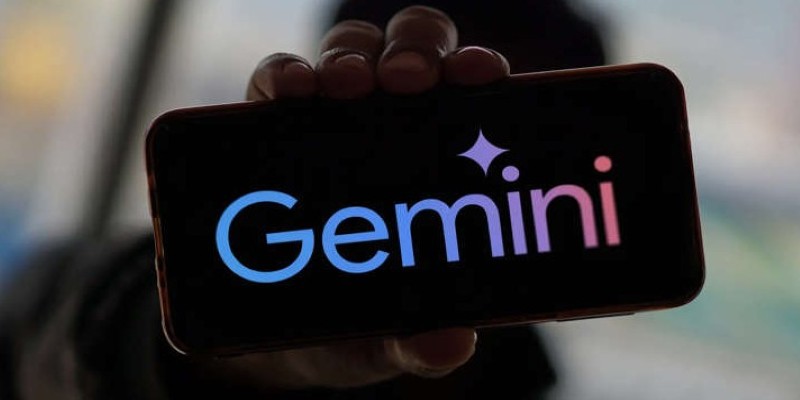
Another key difference is how Gemini processes inputs. It doesn’t treat text, images, and audio as separate silos. It fuses them. For instance, if someone uploads a graph, a short voice note, and a few lines of text describing a scientific hypothesis, Gemini doesn't just respond in fragments. It takes all three formats into account at once to form a single, connected interpretation. This multi-modal integration is what sets it apart from models that bolt on vision or audio features as secondary tools.
The model also handles context length better than its predecessors. Many older models struggled to keep track of long conversations or documents, often dropping key context midway. Gemini shows better memory and attention over extended inputs, which makes it more reliable for long-form queries like technical troubleshooting, academic synthesis, or legal document analysis. These aren’t flashy demos—they’re practical uses that demand accuracy.
What's interesting about Gemini isn't just what it can do in theory, but how it's being tested out in everyday tools. Google is already integrating Gemini into its products, such as Search, Docs, and Gmail. In Search, it helps break down dense questions into digestible responses, often with better clarity than standard results. In Google Docs, it's being used to rewrite and restructure messy content, not just fix grammar. And in Gmail, it's nudging toward being more of a writing assistant than a template generator.
But the reach goes further than Google's platforms. Developers using the Gemini API have begun testing it for advanced customer support automation, tutoring systems, financial analysis, and even code debugging. Unlike other models that require extensive fine-tuning to work effectively in niche domains, Gemini can often perform with minimal retraining. That's mostly because it was built with a diverse dataset that includes logic-based problems, real-world reasoning examples, and cross-disciplinary questions.
In the field of education, the Gemini model is being explored for personalized learning assistants that can adjust the pace and complexity of their explanations based on a student’s past responses. Rather than pushing pre-written answers, it adapts in real time. In medical research, Gemini’s ability to synthesize data from academic papers, lab notes, and image-based diagnostics gives it an edge in assembling complex case summaries or suggesting next steps in treatment planning.
Even with these upgrades, Gemini's release doesn't make it perfect. Handling complex problems means facing unpredictable edge cases. In situations where ethical reasoning or cultural context is required, Gemini still has limitations. Like most models, it reflects the data it was trained on, and that includes subtle biases, occasional gaps, or skewed assumptions. Google has acknowledged these risks and states that it's building feedback loops and guardrails; however, in practice, oversight remains a concern.
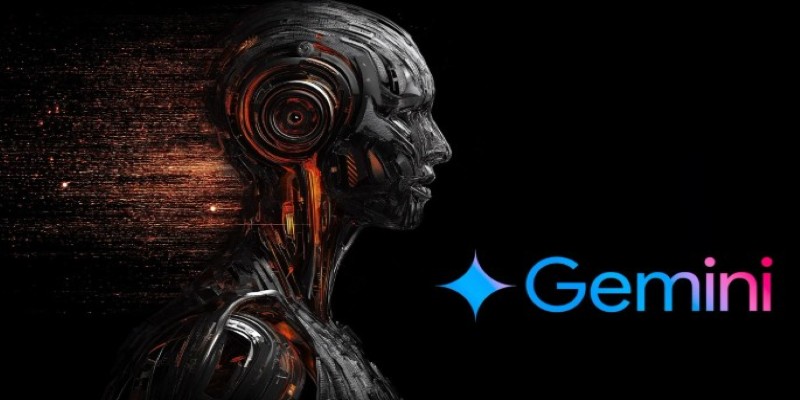
Another issue is speed. Handling multi-modal, multi-step tasks often means higher computational requirements. While Gemini is efficient relative to its size, the infrastructure cost of running it at full tilt may limit accessibility for smaller teams or solo developers. There's also the question of transparency. How much of its reasoning is interpretable to the user? Right now, Gemini doesn't always explain how it reaches a conclusion, which could matter in legal, scientific, or academic settings where traceability is everything.
Despite these points, Gemini still marks a jump in how we frame AI’s role. It’s not a novelty tool or a chatbot. It’s meant to be a system that tackles hard questions—and doesn’t just stop at the first layer of answers.
Google’s new Gemini model isn’t just about more power—it’s about better thinking. Built to handle complex problems with logic and context, Gemini marks a shift from fast, surface-level responses to deeper, more structured reasoning. It blends text, images, audio, and code to solve real-world tasks that older models struggled with. Early signs from tools like Search and Docs show it’s more than hype. It won’t replace human thinking, but it’s getting better at supporting it. Gemini feels less like a flashy upgrade and more like a quiet redefinition of what useful AI can be.
Advertisement
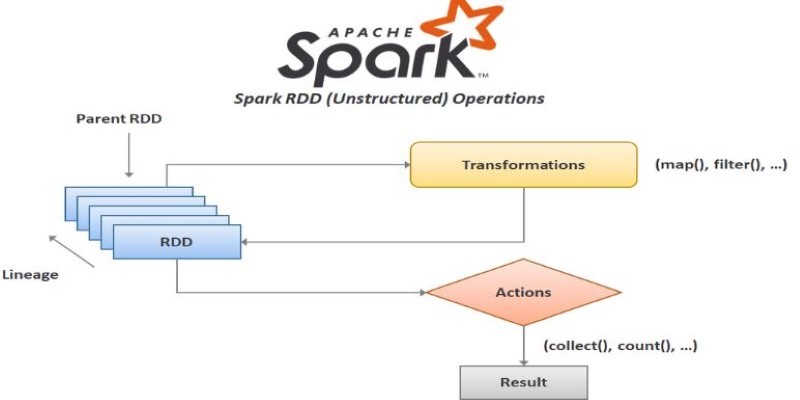
How to create RDD in Apache Spark using PySpark with clear, step-by-step instructions. This guide explains different methods to build RDDs and process distributed data efficiently
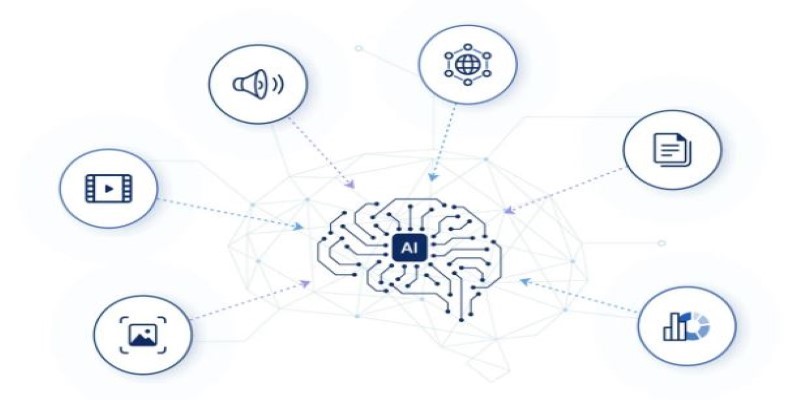
How far can AI go when it comes to problem-solving? Google's new Gemini model steps into the spotlight to handle complex tasks with surprising nuance and range

How Toyota is developing AI-powered smart factory tools in partnership with technology leaders to transform production efficiency, quality, and sustainability across its plants

How AI-powered genome engineering is advancing food security, with highlights and key discussions from AWS Summit London on resilient crops and sustainable farming

Delta partners with Uber and Joby Aviation to introduce a hyper-personalized travel experience at CES 2025, combining rideshare, air taxis, and flights into one seamless journey

Confused between lazy learning and eager learning? Explore the differences between these two approaches and discover when to use each for optimal performance in machine learning tasks
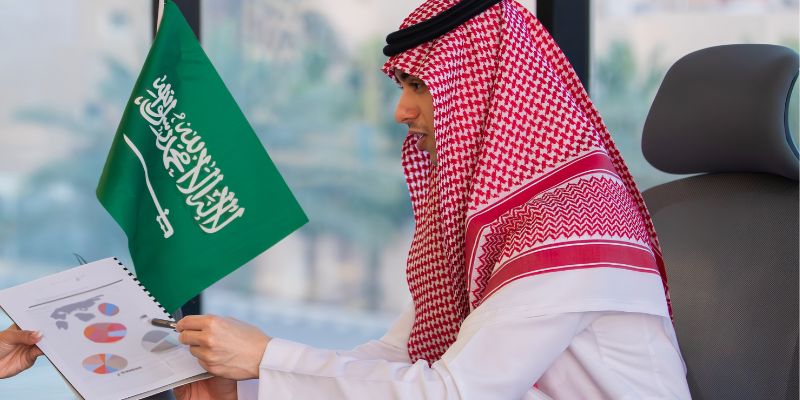
Discover why global tech giants are investing in Saudi Arabia's AI ecosystem through partnerships and incentives.

Can ChatGPT be used as a proofreader for your daily writing tasks? This guide explores its strengths, accuracy, and how it compares to traditional AI grammar checker tools

What loss functions are, why they matter, and how they guide machine learning models to make better predictions. A beginner-friendly explanation with examples and insights

Tech giants respond to state-level AI policies, advocating for unified federal rules to guide responsible AI use.

How a groundbreaking AI model for robotic arms is transforming automation with smarter, more adaptive performance across industries

Meta launches Llama 4, an advanced open language model offering improved reasoning, efficiency, and safety. Discover how Llama 4 by Meta AI is shaping the future of artificial intelligence